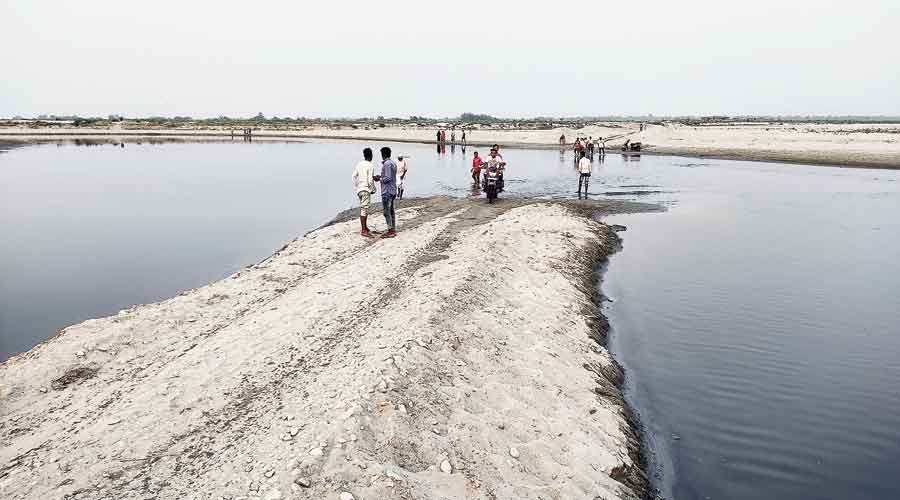The third and final phase of Assembly polls in 40 constituencies of Assam on Tuesday registered a turnout more than the first two phases.
The third phase is very crucial to the prospects of the Opposition Congress-led mahajot (grand alliance) just as the first phase was to the ruling BJP-led alliance.
The turnout in the final phase was 82.28 per cent till 7pm while it was 79.97 per cent and 80.96 per cent in the first and second phases respectively. There were altogether 79,19,641 voters and 337 candidates in the third phase covering 12 lower Assam districts, most polarised along religious lines.
Altogether 47 out of the 126 Assembly constituencies in the state went to polls in the first phase on March 27 and 39 in the second phase on April 1.
The final phase is very crucial for the mahajot because it is this region that gives the Congress-led Opposition alliance a “comparative” advantage over the ruling NDA, attributed mainly to the AIUDF and the Bodoland People’s Front joining it and emerging as key players.
“In the last Assembly elections in 2016, the NDA could just secure 15 out of the 40 seats from this region. Thus by forging an alliance with the AIUDF and the BPF, the mahajot has really withheld the possibility of a split in votes. Considering the fact that these constituencies are dominated by Muslims of Bengali-speaking origin, the mahajot would have a slight advantage over the NDA,” political observer Vikas Tripathi told The Telegraph.
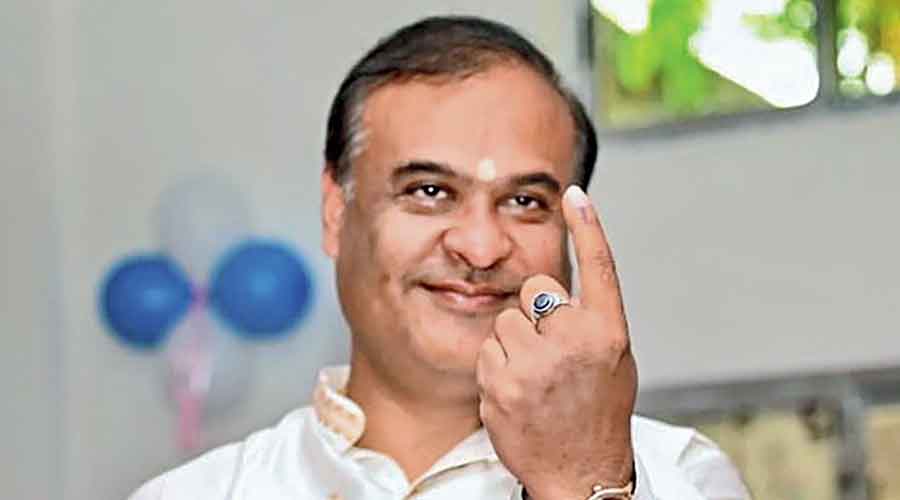
BJP candidate Himanta Biswa Sarma after casting his vote at Amingaon in Kamrup district PTI
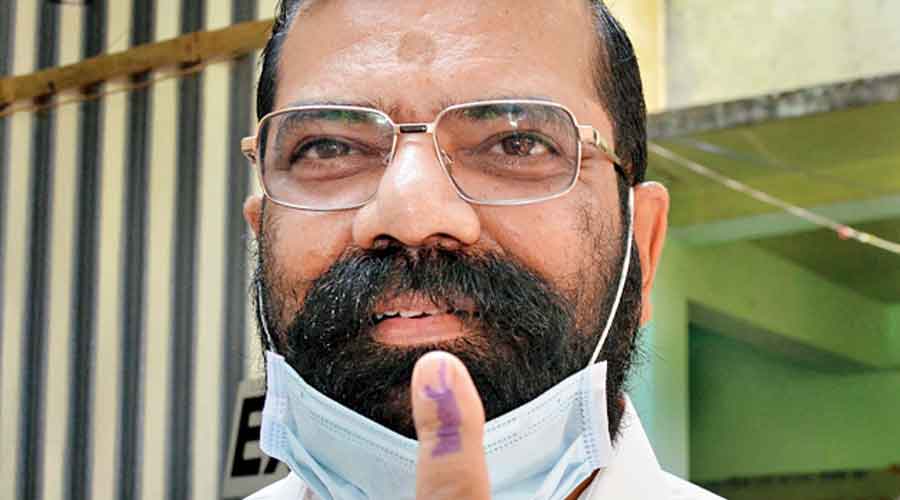
AASU chief adviser Samujjwal Kumar Bhattacharya after casting his vote in Guwahati PTI

Actor Kopil Bora after casting his vote in Guwahati on Tuesday PTI
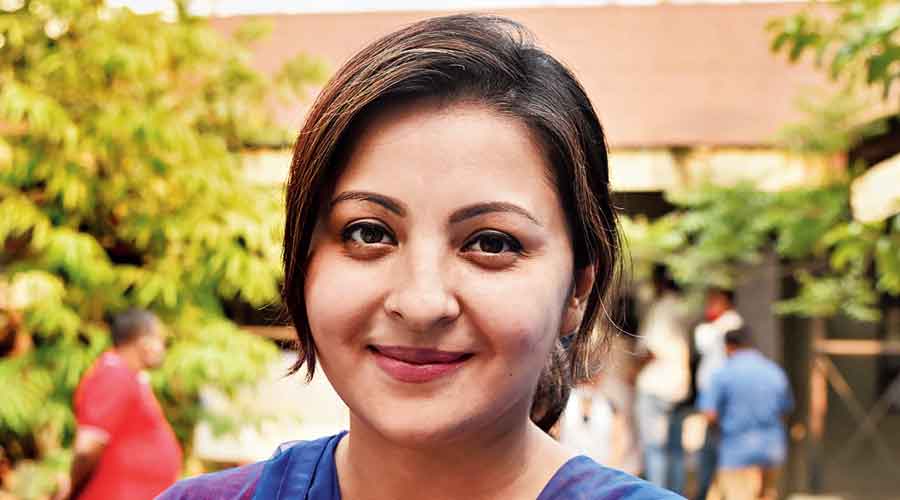
Assamese actress Nishita Goswami after casting her vote in Guwahati PTI
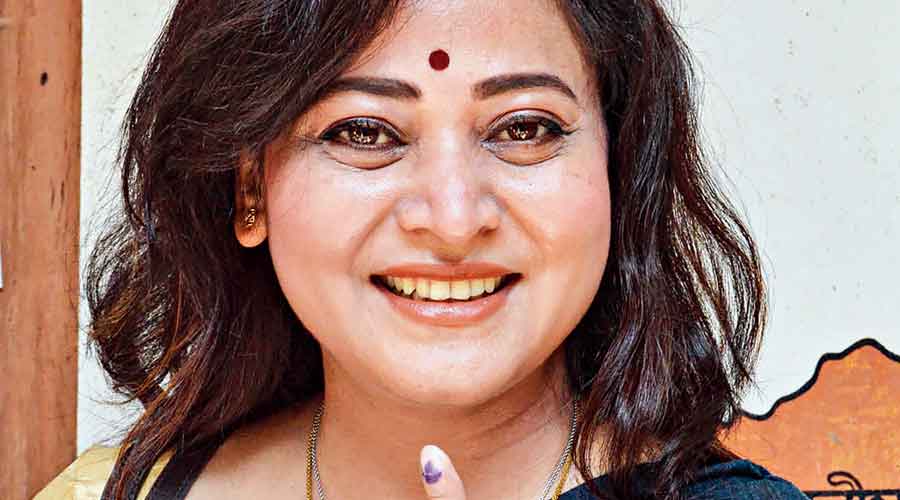
Actress Zerifa Wahid after casting her vote in Guwahati PTI

Actress Prastuti Parashar after casting her vote in Guwahati PTI
However, a major challenge before the grand alliance is to see that the BPF is able to “attract” a sizeable section of the Bodo and non-Bodo voters apart from “consolidating” the Muslim votes which has shifted to the party during the last Bodoland Territorial Region elections held in December, Tripathi said.
In fact, the 12 seats in the BTR could emerge as the “swing factor” for either the ruling or Opposition alliance. Elections to four of these 12 seats were held in the second phase.
The BPF, which was with the ruling BJP in the last elections, joined the Congress-led 10-party alliance just before the polls.
Prominent among the candidates whose fates were sealed on Tuesday included ministers Himanta Biswa Sarma, Chandra Mohan Patowary, Siddhartha Bhattacharya, Phanibhushan Choudhury, Chandan Brahma and Pramila Rani Brahma.
Polling was by and large peaceful even though skirmishes were reported from a few constituencies. Altogether 320 companies of security personnel were deployed in the third phase to ensure safe, smooth and fair polls, besides nine police observers and 986 micro-observers.
Altogether 11,401 electronic voting machines (EVMs) were used in the third phase.
While there were assured minimum facilities such as drinking water, waiting shed, toilet, adequate arrangement for lighting, wheelchairs for electors with disabilities in all the polling stations, besides arrangements like transport facility for elderly people, assistance from volunteers to persons with disabilities and senior citizens, a good number of voters, especially in the sar (sandbar) areas, were seen crossing rivers/rivulets to reach the polling stations.
Saleha Khatun, 45, a voter of Jania Assembly constituency in Barpeta district, said: “We are happy with the facilities at the polling station. However, the authorities also need to look into how we reached the polling station — by crossing the Beki river on foot and cycle.”
The river dries up during winter but there is still water in the middle which needs to be negotiated to reach one’s destination. This is a regular affair for many living in the sars.
In the backdrop of the Covid-19 pandemic, each and every polling station was sanitised on Monday. Thermal scanning, hand sanitisers, face masks were also made available at the booths.

